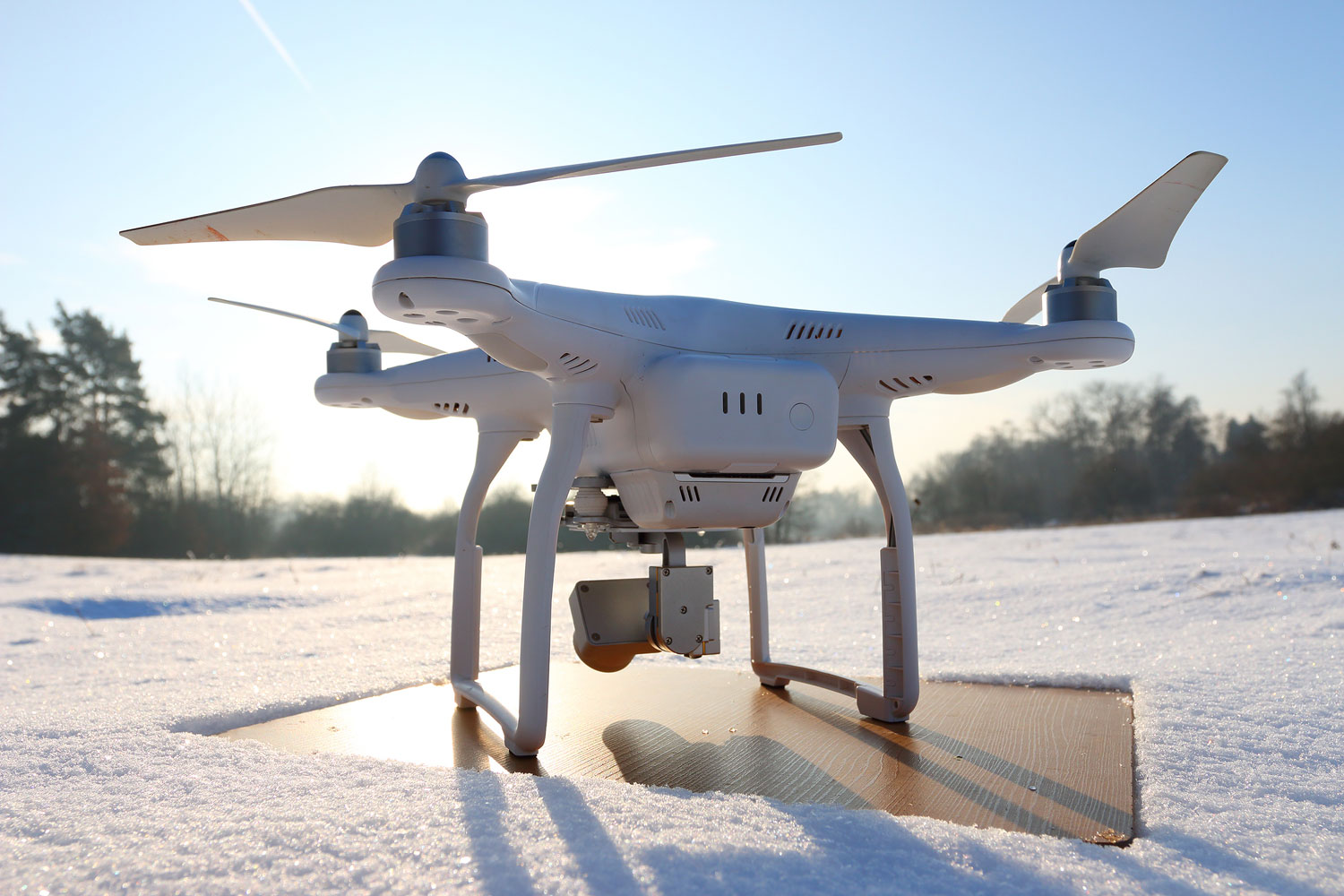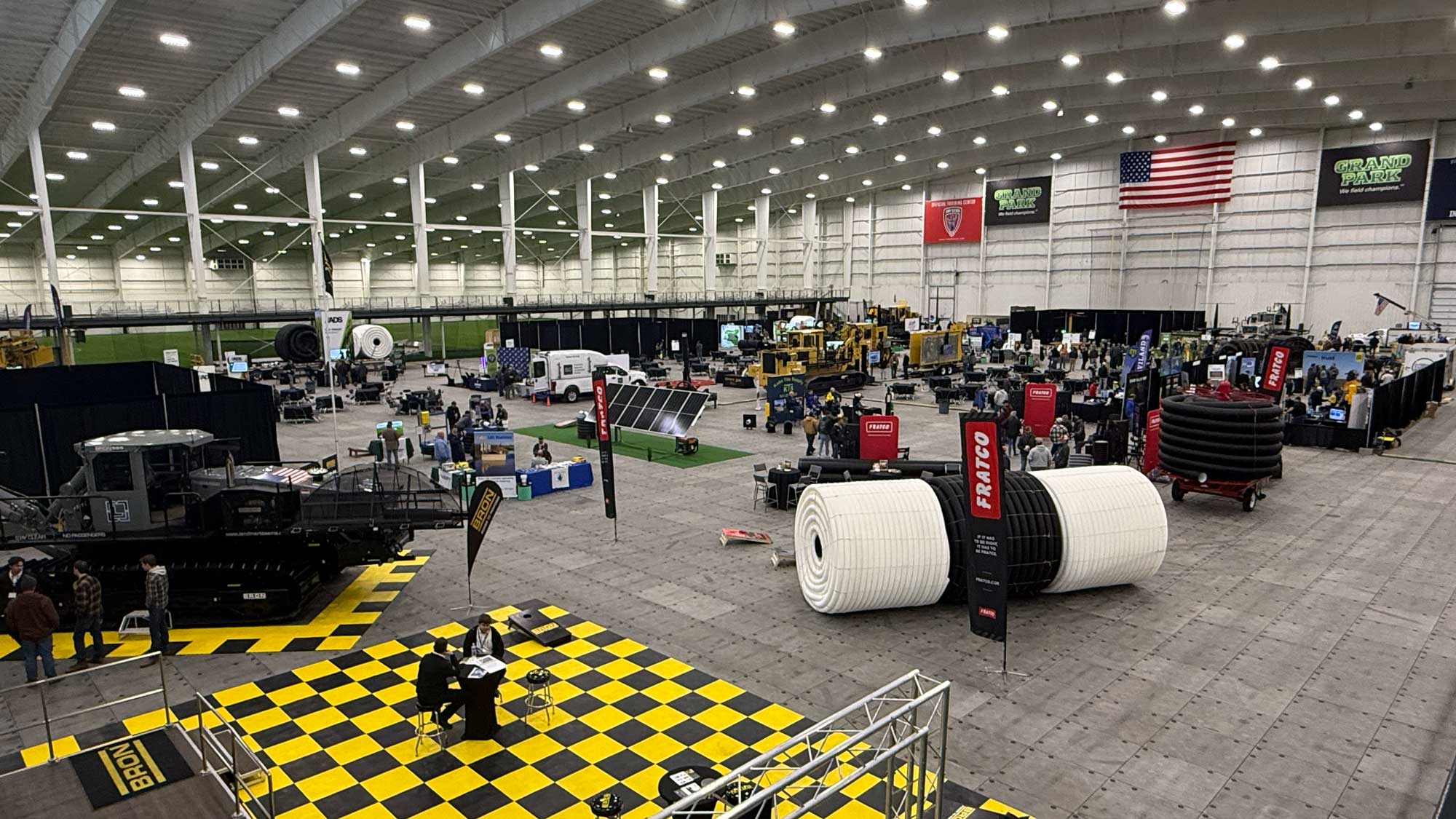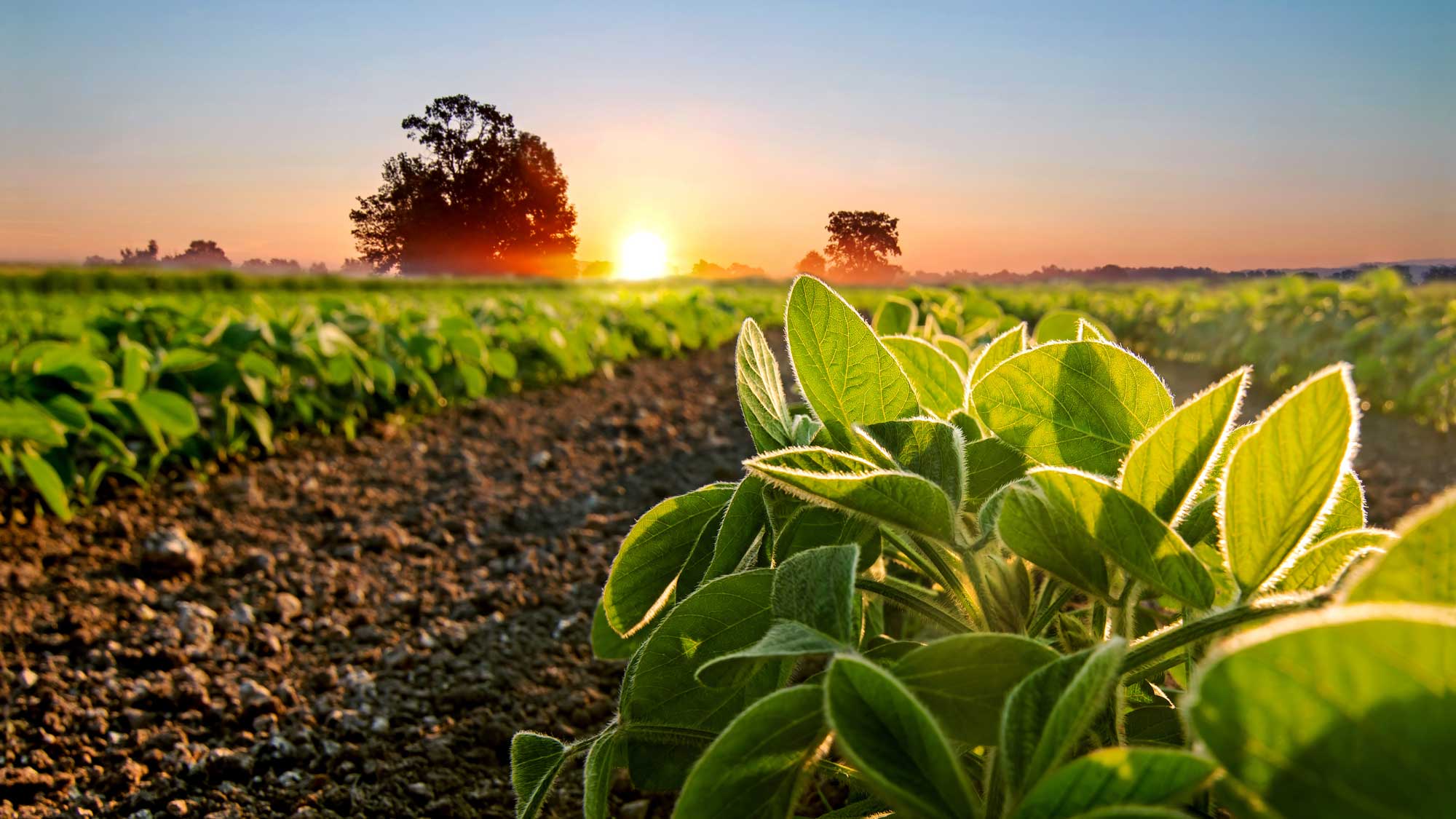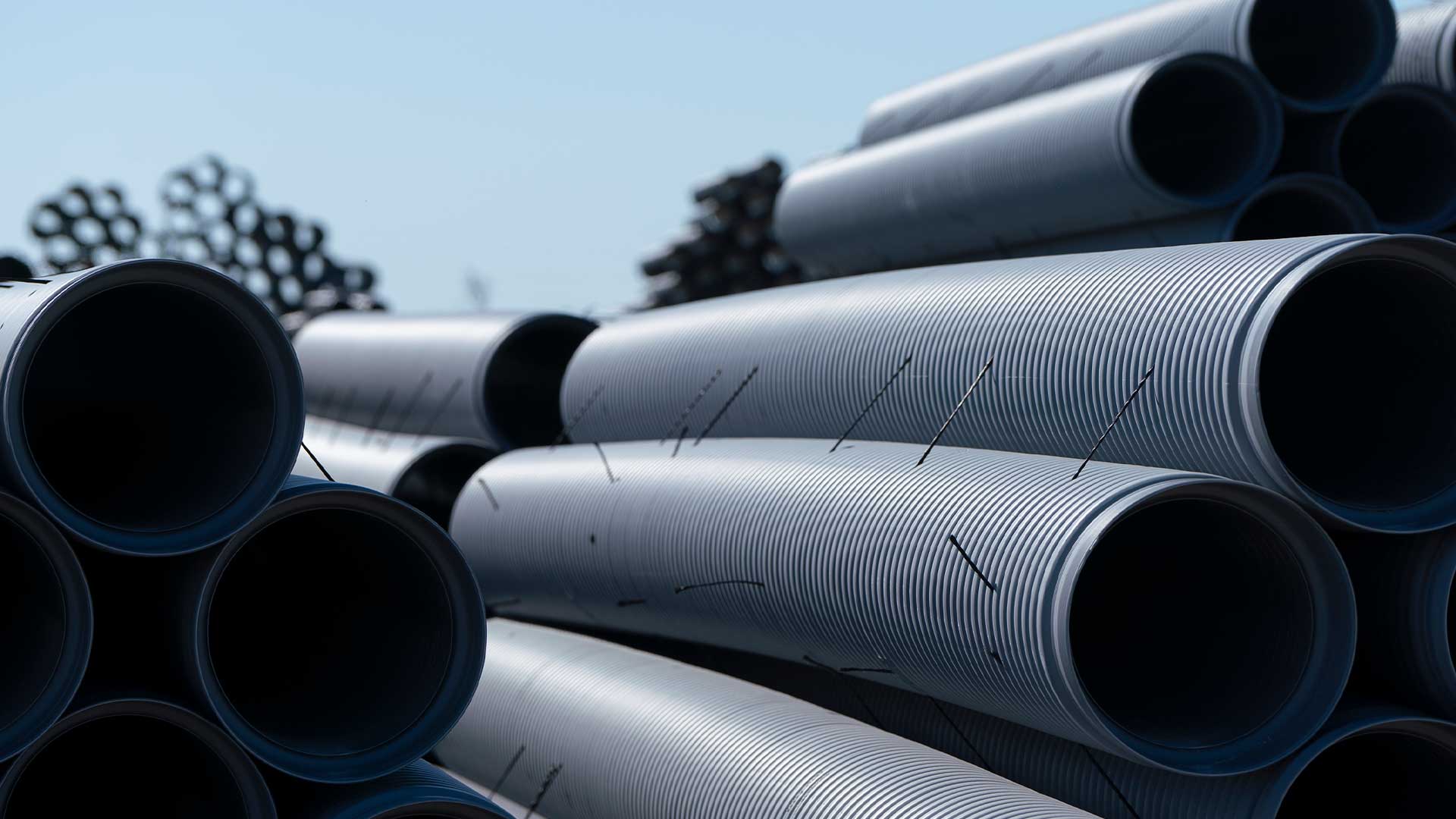As seen in the Tried & True Winter 2022 issue
Farmers blasting weeds with pinpoint lasers? Precision planting drones? Farmhands running on solar power rather than morning joe? These aren’t futuristic Star Trek episodes but rather today’s ag-tech breakthroughs. After years of anticipation, robotics is taking a major leap into the ag workforce: making a critical difference for farmers and helping feed the planet.
WHAT ARE AGRICULTURAL ROBOTS?
Ag robots consist of technology created to specifically help growers and producers. With a wide range of operational functions, these gadgets and automated machinery can analyze tasks, sift through data then choose how to carry out the work in the most optimal way possible. These wondrous creations do many tasks while saving the precious commodities of a grower’s time and energy. Many ag-tech products are programable, allowing them to grow and evolve with the everchanging needs of their farm. Some take on repetitive, intense and physically demanding labor. Others are used for specialized jobs once reserved for those with a keenly trained eye. Tasks like carefully reaping produce, using every inch possible to plant and weeding by hand. The trained eyes and skill set needed for these to-dos can now fall into the capable, robotic hands of artificial intelligence.
THE AG-TECH STARTUP RACE
For years, robots have filled various needs from customer service call centers to the automotive industry and beyond. Over the decades, enterprises have turned to engineering advancements for customer service, packaging, shipping, manufacturing and production lines. 2020 opened a significant lane for the agricultural space to join the tech age. For years, automation has been underway within segments of the farming industry. The past two years have brought with it a tipping point for progress, and ag welcomed venture capitalists into the arena with open arms.
In 2020, well-funded groups invested $6.1 billion in US-based ag-tech startups, a 60% increase over 2019 numbers. That amount of money is even more jaw-dropping when compared with the dollar amount invested in ag-tech just ten years ago: $332 million. Companies creating the trifecta of tech—robotics, computer-aided vision and automation––received the highest dollars in funding rounds. These active ag-tech entrepreneurs saw an opportunity in farming innovation to ease long-standing challenges for grower efficiency, increased food production and a virtually untapped market. Between vertical farming indoors and improved automation in any indoor or outdoor climate, the race is wide open for product development from AI software to predictive yield planning and beyond. Although farmers welcome ways to increase ROI and growth, today’s ag-tech products must solve the problems of today’s farmers at a price point that makes sense now and in the long run.
THE PRODUCTS
The future of farming is nothing less than sophisticated. From drones that communicate with satellites to collect field data to Wi-Fi-enabled moisture sensors that help conserve water these diligent devices boost on-target farming goals––something we at Fratco love to hear. For example, robots nimble enough to pluck heads of lettuce from fields or berries from stems leave produce intact and nothing behind. This equals better yields at the marketplace and more food on plates: wins from every angle.
Ask a farmer what his perfect field looks like, and you’ll probably hear the response “zero weeds.” No-till farming is a popular way to care for the soil, which usually means increased herbicide usage. Enter weed pulling and laser robots. These machines can spot the differences between crops and invading roots, then dispose of what shouldn’t be present without disturbing plant growth. No matter the tech or its function, these inventions assist farmers in completing tasks meaning growers have less fatigue, have more stamina to continue doing the job they love, and bring their business into a new age.
THE ROADBLOCKS
Climate change, an exploding population, an aging ag workforce and labor shortages: these challenges are at critical levels in the US and will continue increasing. That’s why ag is ripe for automation disruption. Whatever product an ag-tech company dreams up and develops must enhance rather than interfere with a current farm’s workflow. Investing in robots that understand watering needs or assist as an extra set of hands isn’t prudent if the tech cannot work in tandem with crop packaging and distribution. The investment would be astronomical for larger farms to replace all ongoing processes. Small to medium-sized farms are the perfect breeding grounds for new tech. They may not have the capital to invest in massive systems, but through partnerships with up-and-coming startups looking to cut their teeth in the ag-tech market, developers can prove their product’s worthwhile helping growers.
Farmers are known for thinking outside the box to solve problems. Startups are born because they see a current climate need. These similar thinkers coming together to solve real grower problems is a win for inventors and food producers alike. Ag-tech solutions allow growers to focus on their roles and spend more time where it makes sense for their business. And these up-and-coming companies have their working product in the field to woo more potential clients and investors.
Finding better ways to work smarter and not harder is what keeps our Fratco teams working hard to bring you pipe that lasts and works in tandem with the ag-tech products of today and tomorrow. From conserving water to helping you make smart decisions for your bottom line, you can trust us to continue innovating the industry we’ve loved for nearly 100 years.
Sources: The New York Times, Ecorobotix, Earth Sense, Carbon Robotics and Smithsonian Magazine









